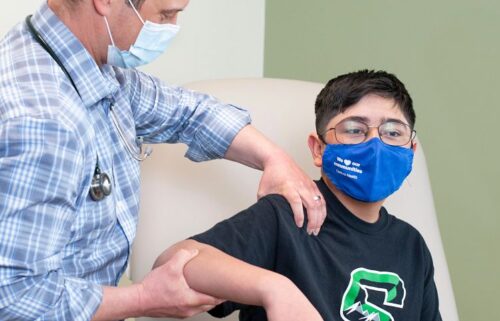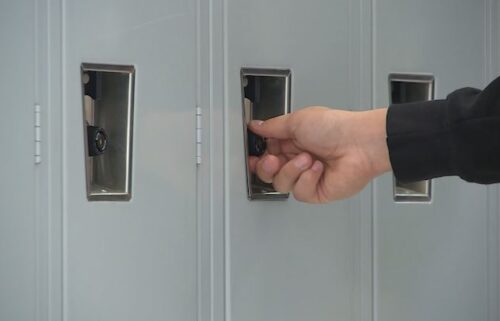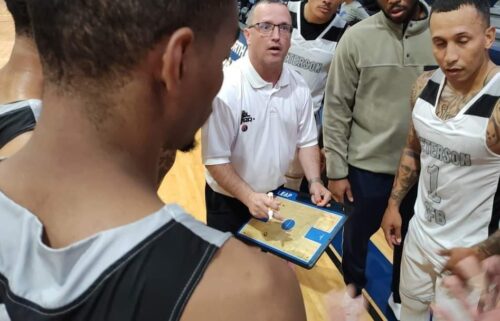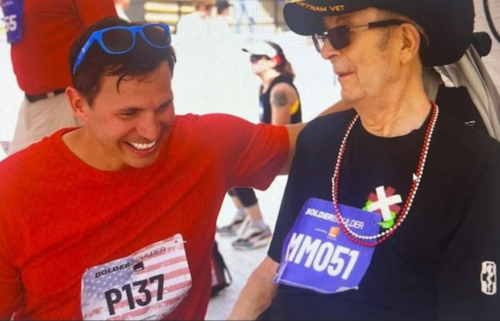Air Force Academy details connection with upcoming launch of NASA’s Artemis I rocket
COLORADO SPRINGS, Colo. (KRDO) -- NASA's planned launch of its next-generation Artemis I rocket will include the Orion crew capsule that was designed with help from cadets and engineers at the Air Force Academy.
Orion is the section of spacecraft in which future crews to the moon and Mars will live and work while in flight.
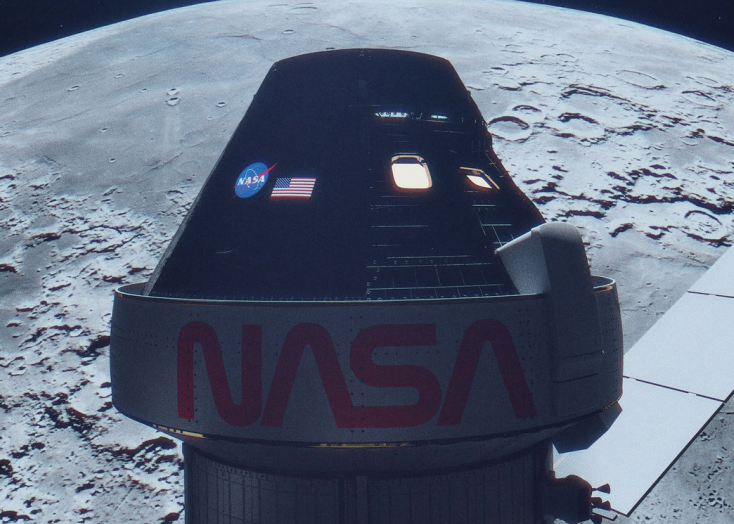
The AFA began working with NASA in 2006 to determine how to keep the capsule stable during re-entry into earth's atmosphere, so that parachutes can slow it down and allow a safe landing for the crew -- similar to the Apollo landings in the 1960s and 1970s but with a larger, more sophisticated crew capsule than the original lunar capsules.
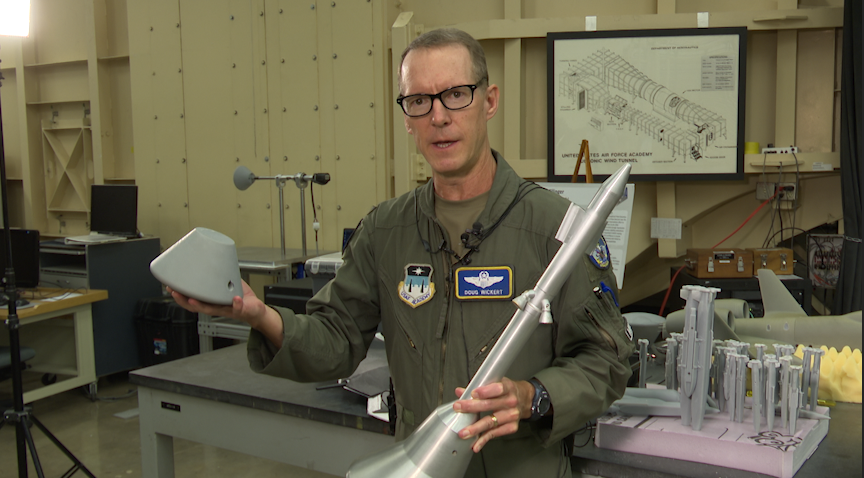
"It was here that our cadets discovered a separation issue with the capsule from the Orion system," said Col. Douglas Wickert, who heads the AFA's aeronautics department.
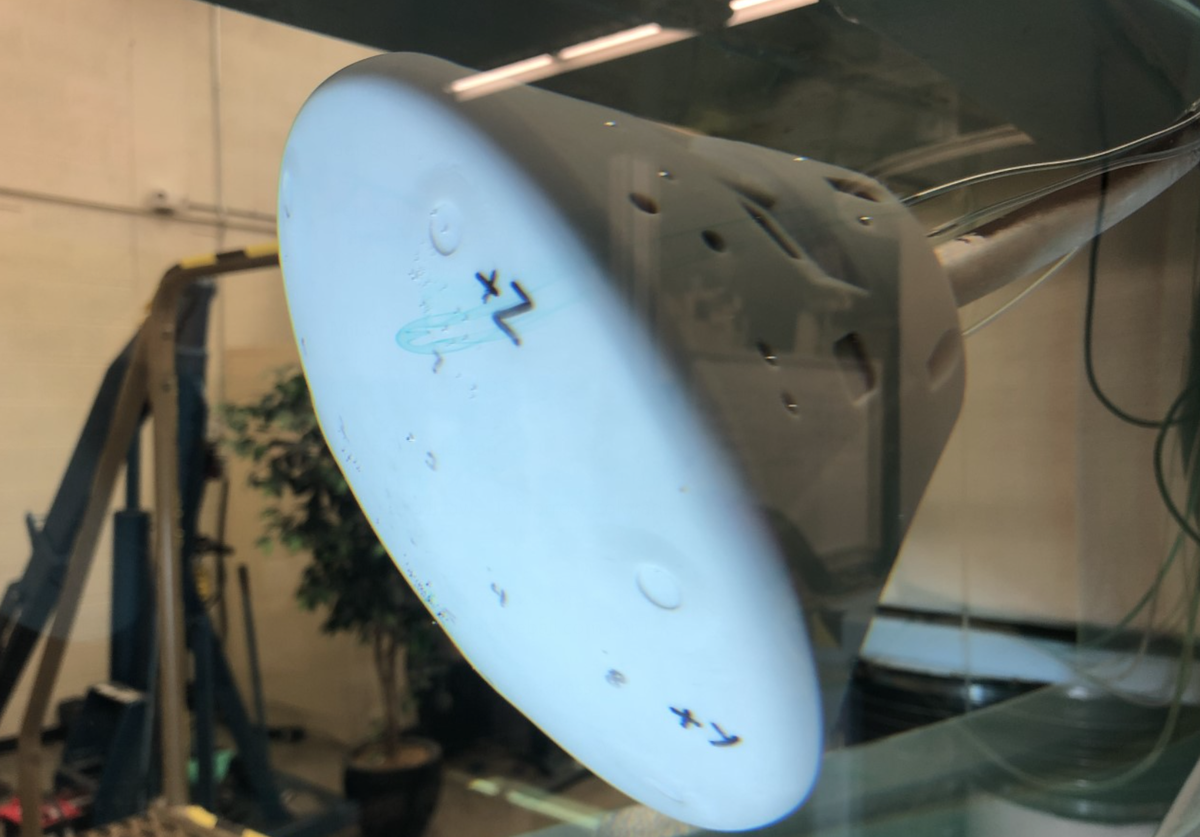
The AFA's aeronautical engineering instructors involved in the project held a news conference Wednesday, explaining that they used wind and water tunnels at the installation to analyze air flow around the capsule to determine what its proper angle of descent should be, to protect the heat shield and to keep the capsule from tumbling out of control.

The AFA traveled to the Johnson Space Center in Houston, Texas, twice annually to brief NASA on the progress of research, and presented its final results to NASA in 2011; the research was incorporated into Orion's final design.
The AFA continues to conduct research related to Orion and other aerospace projects, as it has since 1997.
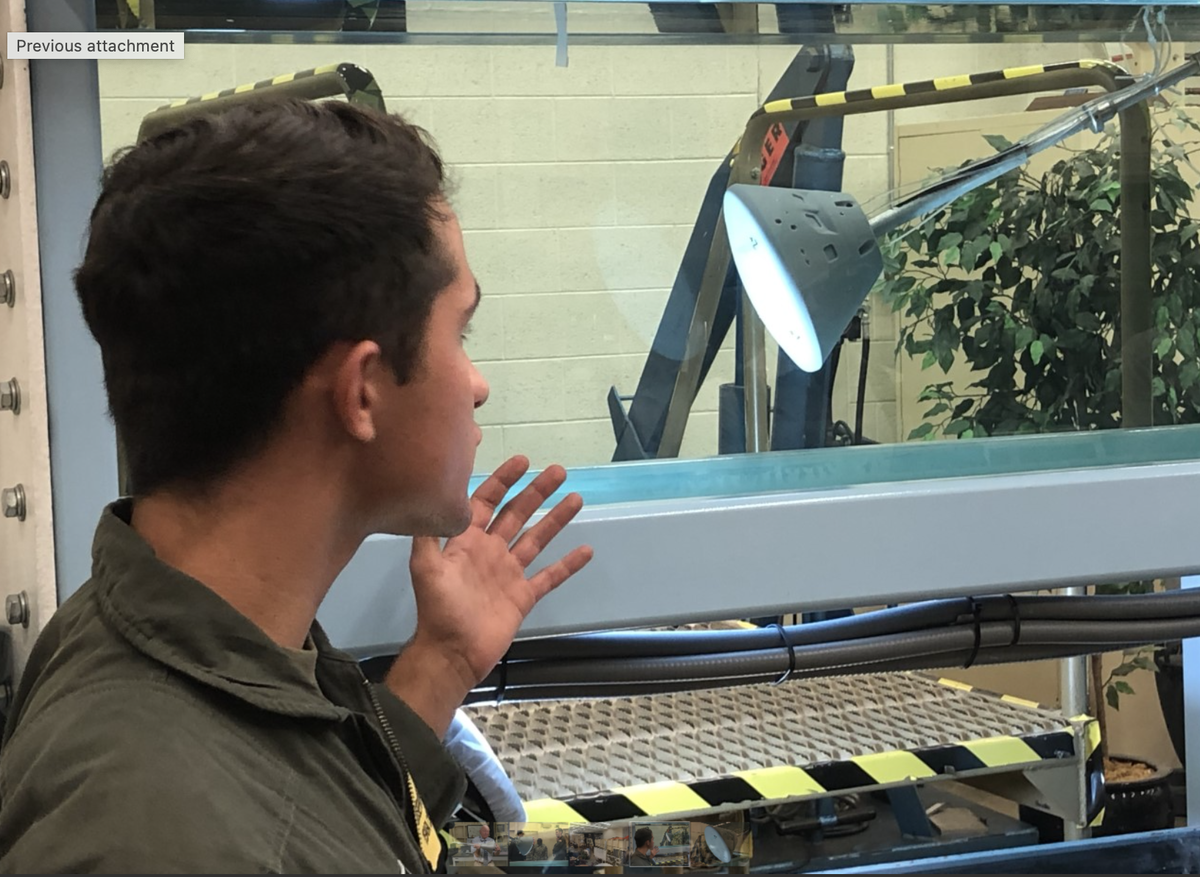
An AFA instructor said that its testing tunnels -- resources that even NASA doesn't quickly or easily have access to -- appealed to the agency.
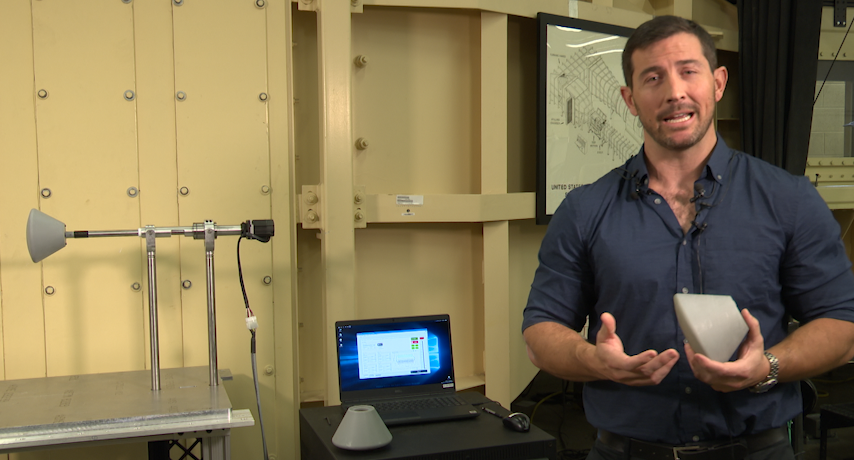
"It takes a lot of money and a lot of time for (NASA) to design and build a model, and get it into their facilities," said research engineer Casey Fagley "So we pride ourselves on being a high-turnaround, cost-effective alternative for them, if they need a quick answer."
Tom Yechout, an AFA aeronautics professor, said that the collaboration with NASA provides cadets with a unique opportunity and a major achievement.
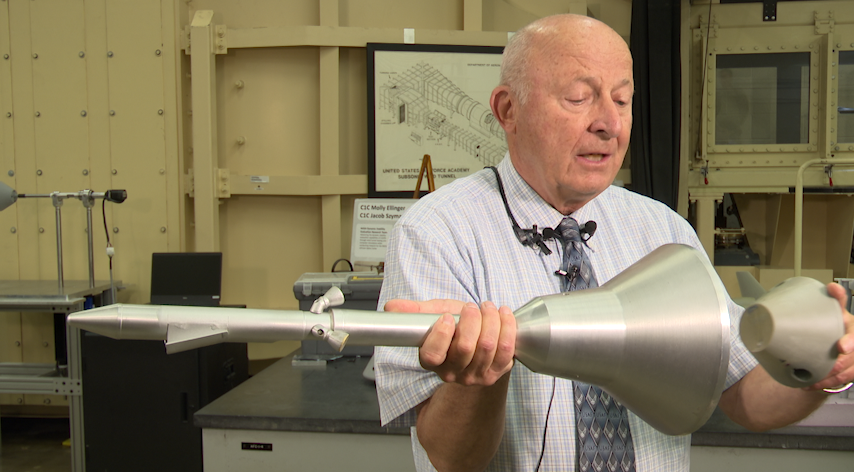
"And it’s very motivational, because these are real-world things, not made-up research efforts," he said. "These are contributing to (solving) a real problem.”
Two senior cadets said that they're excited and proud to indirectly have a hand in the upcoming Artemis launch.
"I want to fly but working with a blunt body that doesn't have wings or fly, was a different world for me," said Cadet 1st Class Vaughn Roy. "It has expanded my understanding of space and flight."
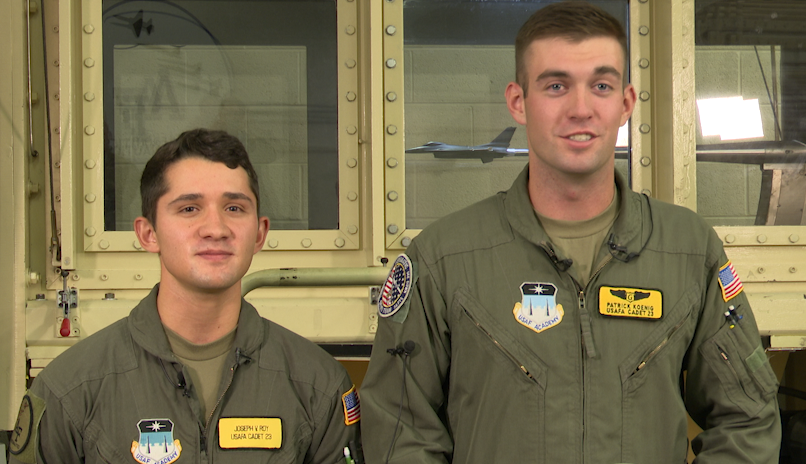
Cadet 1st Class Patrick Koenig said that the experience has him wanting to be an astronaut.
"And that was a total shock," he confessed. "My mind was blown, to be honest, because I didn't even know this was possible, that I could do this sort of research."

The 50 cadets who have participated in research for NASA will become part of history when Artemis blasts off -- expected to happen this weekend -- on the first lunar mission in 50 years.

